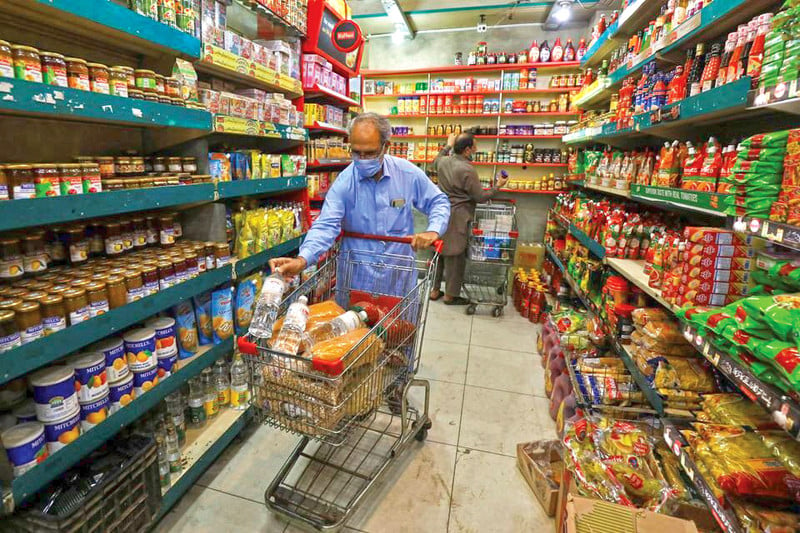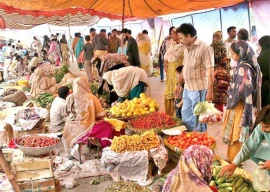
Following an unremitting wave of economic upheaval, the recent drop in the dollar and petroleum rates should have idealistically allowed the inflation battered populace to breathe a sigh of relief, however as food retailers continue to demand higher prices, the struggle for survival resumes for many across the cultural capital.
Despite the significant decrease in the value of the dollar and the price of petroleum products, the prices of food items including raw produce and packaged products have refused to budge, due in part to the unwillingness of local and multinational retailers to sell their stocks at lower prices and the inability of the government to strictly regulate prices by a stringent system of checks and balances.
“The system of price control in our country is merely an illusion. If this system was effective, food prices should have been reduced following the drop in the dollar rate. The real challenge is to monitor the retailers, who charge whatever prices they wish in the hopes of earning greater profit,” stressed Taslim Arshad, a female consumer, who went on to highlight the fact that a huge difference exists between the market price for fruits and vegetables and the rates at which different retailers were choosing to sell them.
Concurring with Taslim, Hamadullah another consumer too felt that the real reason behind the prevailing rate of inflation was the weak grip of the government over price regulatory mechanisms.
Read No cut in food costs despite POL price dip
According to Arif Gujjar, President of the Kirana Merchants Association, Pakistan’s price control system has failed because local retailers and a few multinational companies are continuing to sell their items at increased prices despite the dollar getting cheaper. “Market prices are only printed on the dispenser carton of a good, whereas the individual items are sold at a variety of prices. There is no accountability for retailers, who are reaching consensus among themselves and are charging rates above the market price,” complained Gujjar.
“Retailers sell their goods according to the price at which they had purchased them. Therefore, even if the dollar rate drops, the prices for the remaining stock will remain the same until a new stock is purchased at the new market price,” justified Rana Tayyab, a pulses importer, who brought attention to the steady decrease in prices of various pulses including the red lentil, split yellow pea, split green gram and black gram.
Similar to Tayyab, the majority of retailers too claimed that they sold goods to consumers by adding profit to the price at which they bought them from companies and dealers therefore selling them at a low price would incur losses and was not a feasible option.
Also read POPULATION BOOM & FOOD DOOM
It is pertinent to mention that a few weeks ago, the market prices of all food items had witnessed a striking rise following the surge in petrol prices and the dollar rate, which reached a new high of Rs332 in the open market.
However, after the crackdown by the caretaker government and the army, the value of the dollar and the price of petroleum products, fell sharply without much benefit to the citizens, who still have to purchase the bare necessities at the old peaking rates.
Speaking to The Express Tribune on the matter, Mian Faisal and Haji Ramzan, officials from the Vegetable Market Association said, “The prices of imported vegetables is linked to the dollar rate, while the prices of locally produced vegetables and fruits depends on the production season and demand.”
Published in The Express Tribune, November 13th, 2023.
1729161093-0/liam-(4)1729161093-0-405x300.webp)

1731483370-0/BeFunky-collage-(49)1731483370-0-165x106.webp)

1731482626-0/BeFunky-collage-(48)1731482626-0-165x106.webp)












1731413133-0/Express-Tribune--(12)1731413133-0-270x192.webp)
1731321721-0/cover_1731305629FotoJet-(14)1731321721-0-270x192.webp)








COMMENTS
Comments are moderated and generally will be posted if they are on-topic and not abusive.
For more information, please see our Comments FAQ